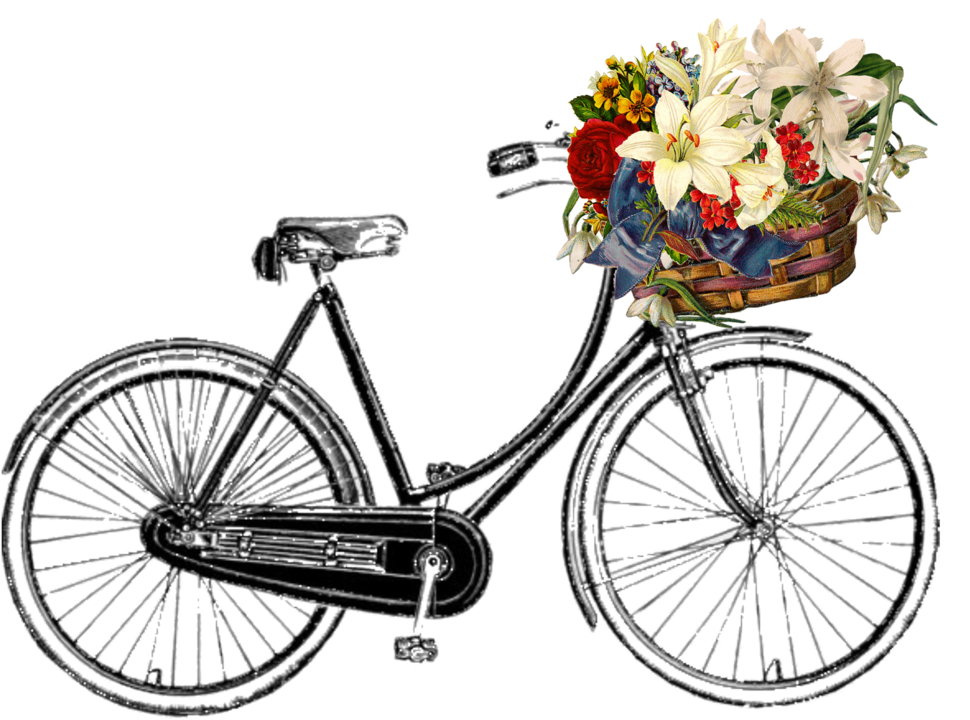Montserrat Paredes Alva, 21 years old in 2015, was riding a public bicycle in Mexico City when a bus ran over her and ended her life. About a year before, Gerardo Pedroza died in similar conditions and only two days after Montserrat’s accident, three fellow cyclist in the city would cheat death, but only by inches.
Ironically, Montserrat and Gerardo were driving bikes that were part of a public program that aims at achieving a more sustainable mobility system. The program had been in place for about 5 years and had enabled about 21 million bike trips in the city. Before their accidents, the program’s beautiful red bikes had given some of the trendiest neighborhoods an air that reminded of Paris, Brussels or London, all of them cities with their own public bike systems.
The tragic deaths of Montserrat and Gerardo are a heart-piercing reminder that sustainable transitions cannot be achieved by technological means alone. Neither bikes nor bike-only lanes can turn around an unsustainable mobility system on their own.
Instead, sustainability transitions need to go beyond technology. They need to consider the people who might use that technology, the way in which they might use it, the interactions that they might have with other people and the rules that might be necessary to make the system work. In the case of Mexico City’s public bike’s system, for instance, technology was not a problem. Some citizens were willing to turn around the mobility system (citizens who need transportation and were willing to ride a bicycle) and those citizens were interacting with “sustainable” instruments (the bicycles or the lanes). However, they were not the only ones interacting with the technology. Bus and car drivers, pedestrians and other cyclists were also part of the equation; so were behaviors such as respecting (or not) an exclusive lane or giving cyclists enough (or too little) space to prevent an accident if they happen to fall off their bike.
Unfortunately, traffic accidents involving cyclists seem to be a global issue. Although number and frequency may vary greatly depending on the country, casualties occur all over the world, from Denmark to Germany, Canada or Austria. For instance, projects such as Ghost Bike keep record and memory of cyclists’ deaths in more than 25 countries, including more than a dozen European nations (interestingly, by November 30, 2015, the website did not have one single record from the Netherlands, a country where bicycles are mainstream).
Ghost Bike and many other projects remind us that mobility systems are in urgent need for change, and many actors are already aware of it. In Mexico, for instance, collectives such as Bicitekas and Gdl en Bici are trying to promote a culture of respect towards non-motorized vehicle users as well as pedestrians. Likewise, citizen groups such as Ciudad para Todos have proposed visions and pathways to reach a better mobility system. In other places, such as the United Kingdom, citizens are also mobilizing to reduce the number of future casualties to zero. Nonetheless, we still have a long path ahead of us.
When designing sustainability goals and pathways, we should keep in mind that the first steps for the transition might not be the obvious ones. Making bicycles available does not necessarily make the mobility system more sustainable. As long as severe bike accidents and cyclists’ fatalities continue to happen, a public bike system will not add up to a city’s sustainability. In Mexico City, as in many other cities, riding a bicycle should no longer be an act of courage, it should be a joyful choice.
